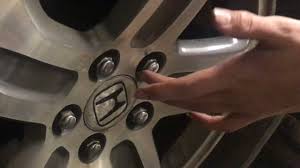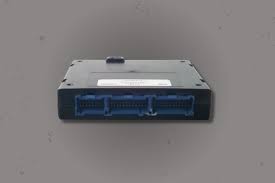Does the Car Need to Be Running When Adding Coolant?

Maintaining the proper level of coolant in your vehicle is essential for preventing overheating and ensuring the engine runs smoothly. However, a common question arises: “Does the car need to be running when adding coolant?” The simple answer is no, the car should not be running when you add coolant.
In this blog post, we’ll explain why the engine should be off, the best practices for adding coolant, and tips to avoid potential issues.
Why Should the Engine Be Off When Adding Coolant?
Adding coolant to a running engine can be hazardous and ineffective for several reasons:
1. Safety Concerns
- When the engine is running, the coolant system is pressurized, and opening the radiator cap can release hot steam or boiling coolant, causing severe burns.
- The moving parts of the engine can pose a risk of injury if you’re working near the engine bay.
2. Inaccurate Levels
- If the car is running, the coolant is circulating through the system, making it difficult to get an accurate reading of the coolant level in the reservoir or radiator.
3. Engine Damage Risk
- Adding cold coolant to a hot engine can cause a thermal shock, potentially cracking the engine block or other components.
Step-by-Step Guide to Adding Coolant
To safely and effectively add coolant to your vehicle, follow these steps:
Step 1: Park the Car and Turn Off the Engine
Ensure the car is parked on a level surface, and turn off the engine. Allow it to cool down for at least 30 minutes to avoid dealing with hot and pressurized coolant.
Step 2: Locate the Coolant Reservoir
Find the coolant reservoir or radiator cap, typically labeled with a warning sign or a symbol resembling a thermometer in liquid.
Step 3: Check Coolant Levels
- Check the coolant level in the reservoir. Most reservoirs have “MIN” and “MAX” indicators.
- If the coolant is below the “MIN” line, you need to add more.
Step 4: Add the Coolant
- Slowly pour the coolant into the reservoir or radiator until it reaches the “MAX” line.
- Use the appropriate type of coolant for your vehicle, as specified in the owner’s manual.
Step 5: Secure the Cap
Tightly close the radiator cap or coolant reservoir cap to prevent leaks and ensure the system can function properly.
Step 6: Start the Engine and Monitor
Once you’ve added the coolant, start the engine and let it run for a few minutes. This allows the new coolant to circulate through the system. Check for any leaks or unusual engine temperatures.
Tips for Adding Coolant
Here are some tips to keep in mind for safe and effective coolant maintenance:
1. Always Use the Right Coolant
Different vehicles require specific types of coolant. Refer to your owner’s manual to determine whether your car needs ethylene glycol, propylene glycol, or a premixed solution.
2. Use a 50/50 Coolant Mixture
Most coolants need to be mixed with water in a 50/50 ratio unless they’re sold pre-mixed. This ensures optimal performance and prevents freezing or overheating.
3. Avoid Overfilling
Overfilling the reservoir can cause excess pressure in the cooling system, potentially leading to leaks or damage.
4. Regularly Check Coolant Levels
Check your coolant levels periodically to avoid overheating issues. Low levels may indicate a leak that requires professional attention.
Common Questions About Adding Coolant
1. What Happens if I Add Coolant While the Engine Is Hot?
Opening the radiator cap on a hot engine can cause hot steam or coolant to spray out, resulting in burns. Additionally, pouring cold coolant into a hot engine can cause thermal shock, damaging engine components.
2. Can I Use Water Instead of Coolant?
In an emergency, you can use water temporarily, but it’s not a long-term solution. Coolant contains additives to prevent corrosion and regulate temperature better than plain water.
3. How Do I Know if My Coolant Is Low?
Low coolant levels can be identified by checking the coolant reservoir. Other signs include the engine overheating, a dashboard warning light, or a sweet smell under the hood (indicating a leak).
4. How Often Should I Check My Coolant?
It’s a good idea to check your coolant levels at least once a month or before long road trips.
5. Do I Need to Flush the Coolant System Regularly?
Yes, most manufacturers recommend flushing the coolant system every 30,000 to 50,000 miles, depending on your vehicle and coolant type.
Conclusion
So, does the car need to be running when adding coolant? No, the car should be off and allowed to cool before you add coolant to ensure safety and avoid potential engine damage. By following the proper steps and using the right type of coolant, you can maintain your vehicle’s cooling system and prevent costly repairs down the road.
Regular coolant maintenance is a simple yet vital aspect of car care, ensuring your engine stays in optimal condition for years to come.
Also Check:
• Does Coolant Reservoir Fluid Get Into the Radiator?





